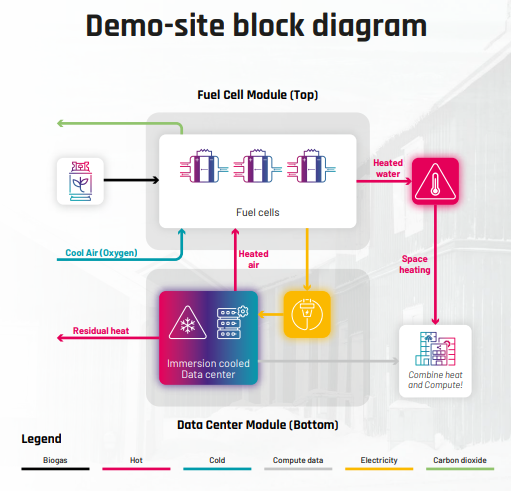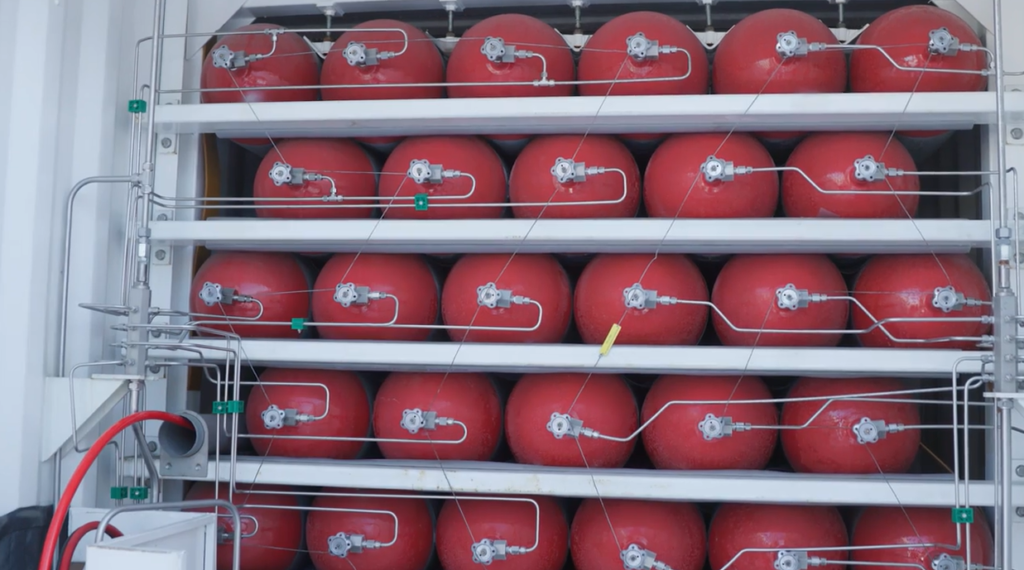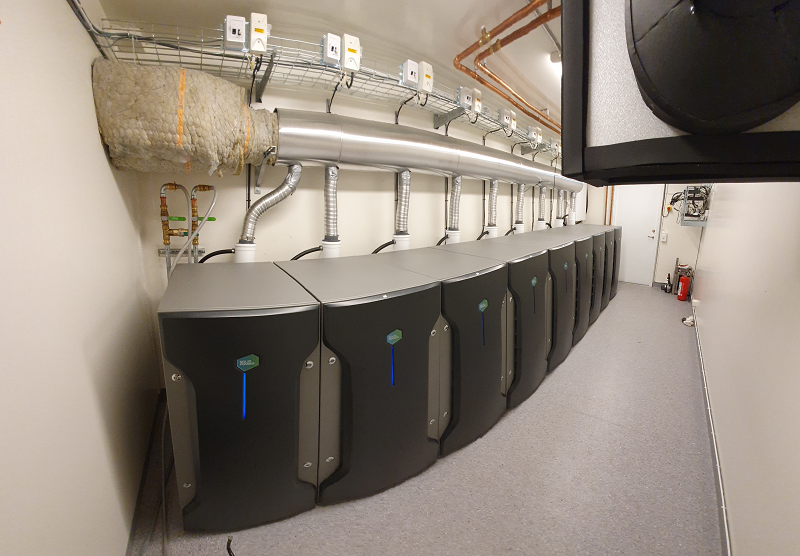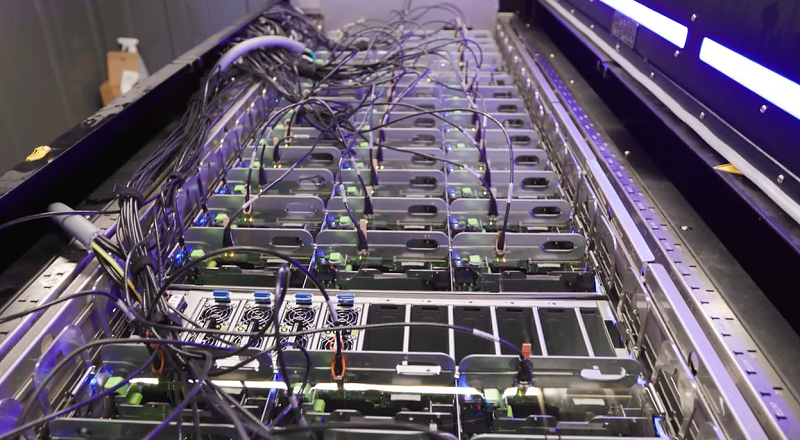Luleå
Excess heat integration in existing District Heating
Climate zone:
Northern European Weather
Sweden has reached the climate goals from the Kyoto protocol. The main reason for this success in climate politics is the nation-wide expansion of efficient district heating, supplied by non-fossil energy sources. Accounting for half of Swedish heating, district heating has gone from being almost exclusively powered by fossil fuels in the 1980s, to using renewable energy and recycled heat for 90% of its demand in 2017.
Therefore, the challenge for this demo-site is to use fuel cells to apply an innovative waste heat recovery experiment. Excess heat will be recovered from the fuel cells preheated by a data centre in Luleå to feed into an existing local district heating network, while generated electricity power will be used for the data centre.
Please watch our full YouTube video:
Technologies of Luleå demo site:
Fuel cell powered data centre with heat recovery
The excess heat of the data centre module will be recovered by liquid cooling technology and boosted to temperatures suitable for supplying the Luleå’s district heating – powered by fuel cell technology.

The demonstration case proposes a cogeneration system thanks to the integration of fuel cells: fuel cells have the ability to produce direct current electricity power as well as a grade of heat for potential recovery using biogas or hydrogen as fuel.
This technology can be used to leverage the natural gas grid or to benefit from biogas or power-to-gas technologies, consequently increasing the share of renewables for district cooling.
Biogas container
The fuel cell is powered by biogas which is stored in a container at a safety distance from the setup.
As hydrogen gas and solid oxide fuel cells were not available, biogas had to be used.

Fuel cell module
In the fuel cell module commercially available Solide Oxide Fuel Cells were used for powering the data center below.

Data center module
In the data center module, the servers were immersed in a dielectric liquid for direct heat transfer by liquid cooling.
The temperature of the liquid is usually below 43 degrees Celsius being used for preheating the fuel cell compartment only.
